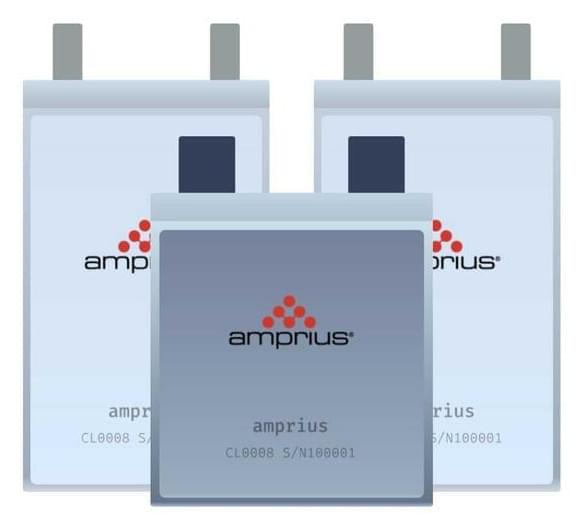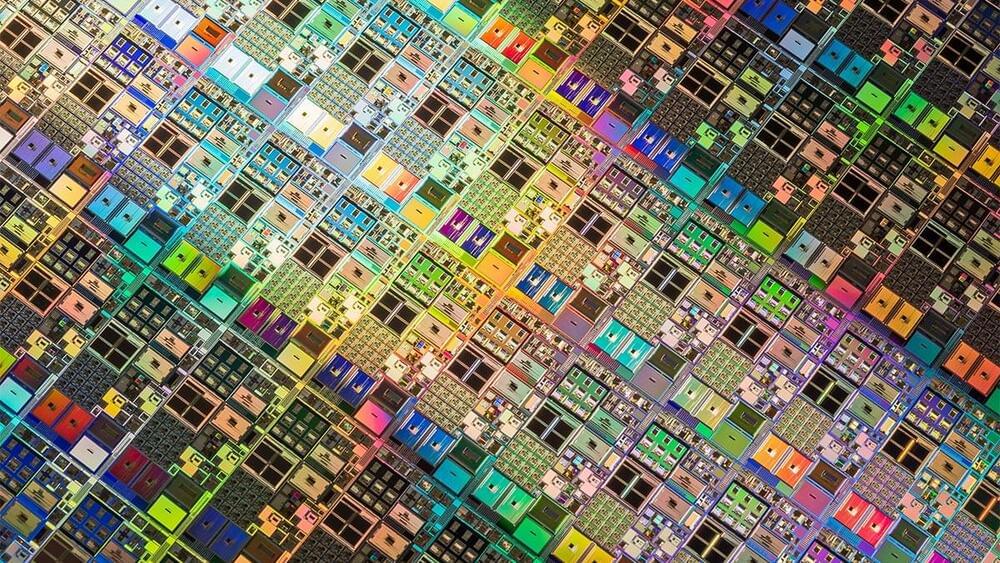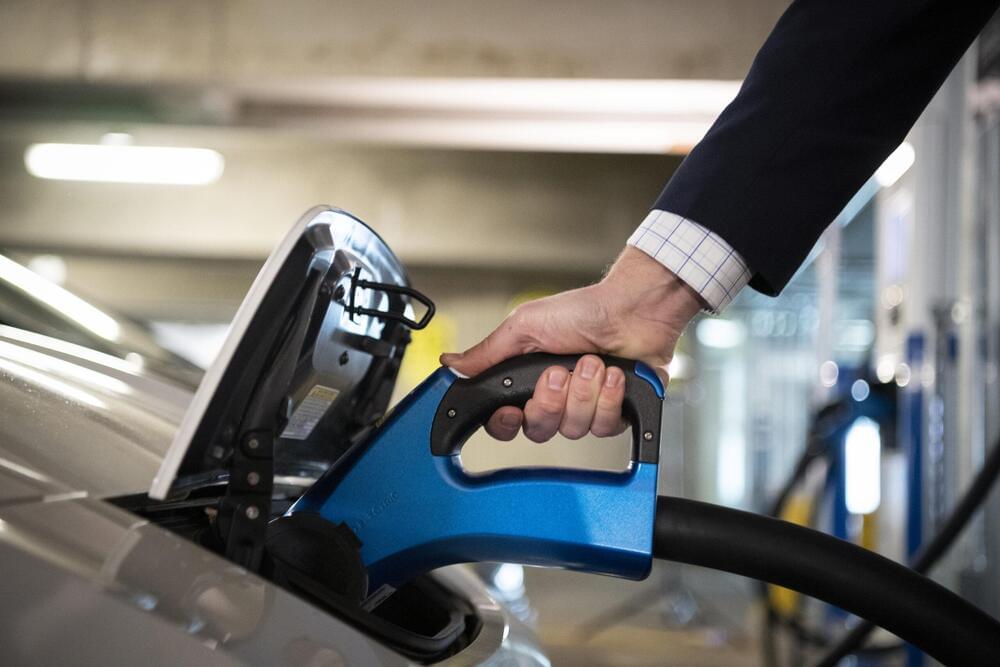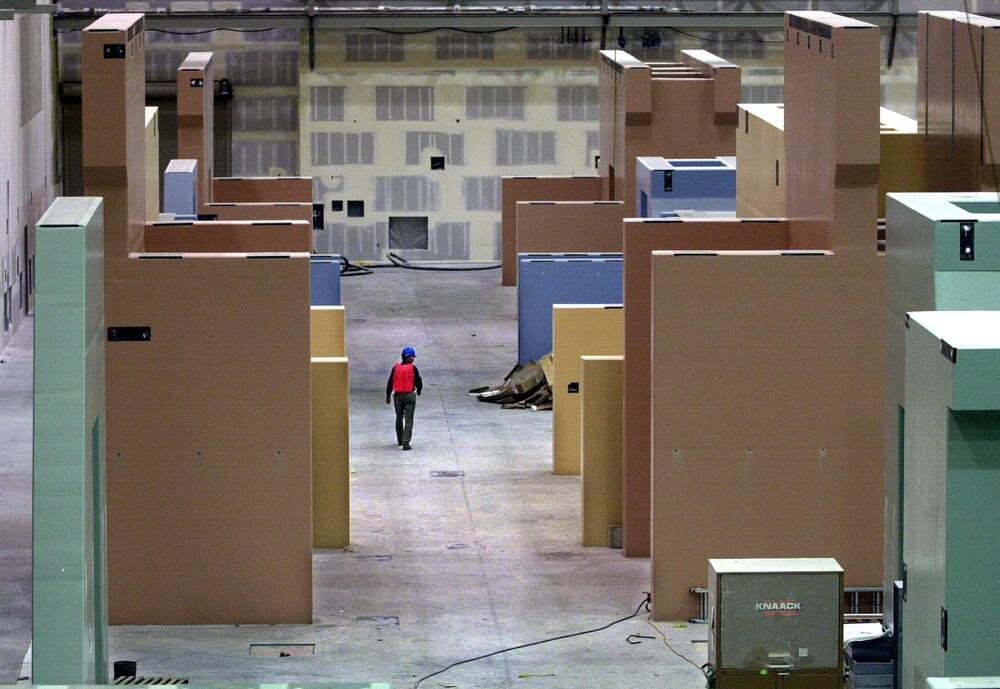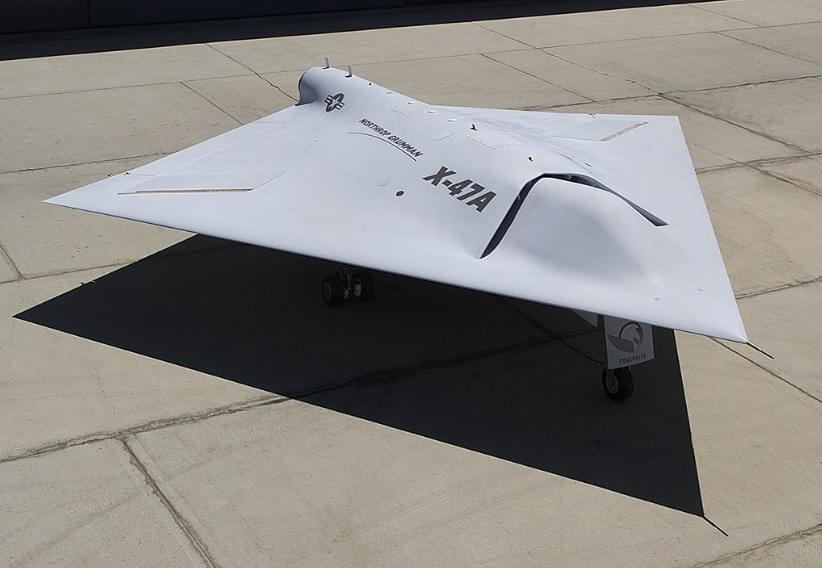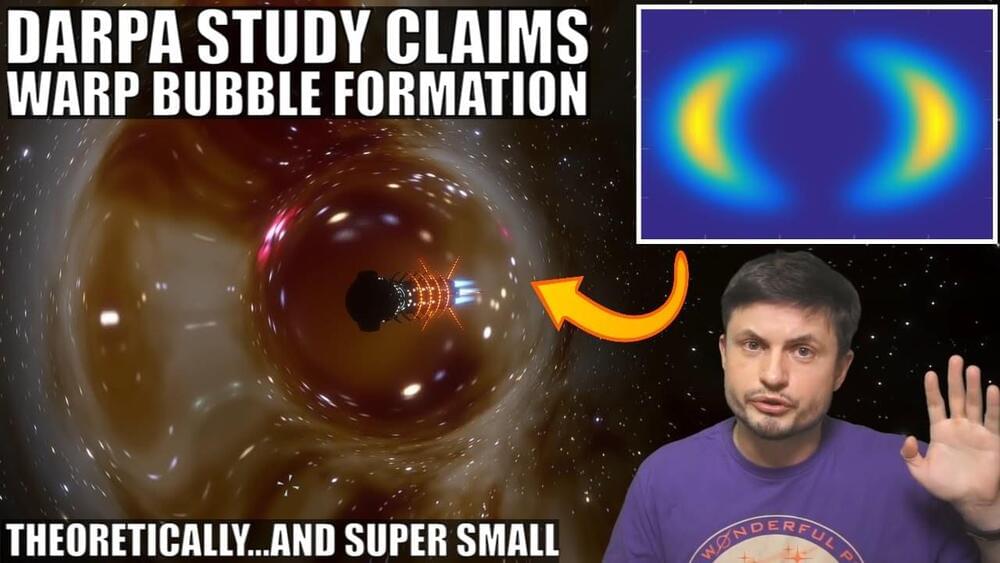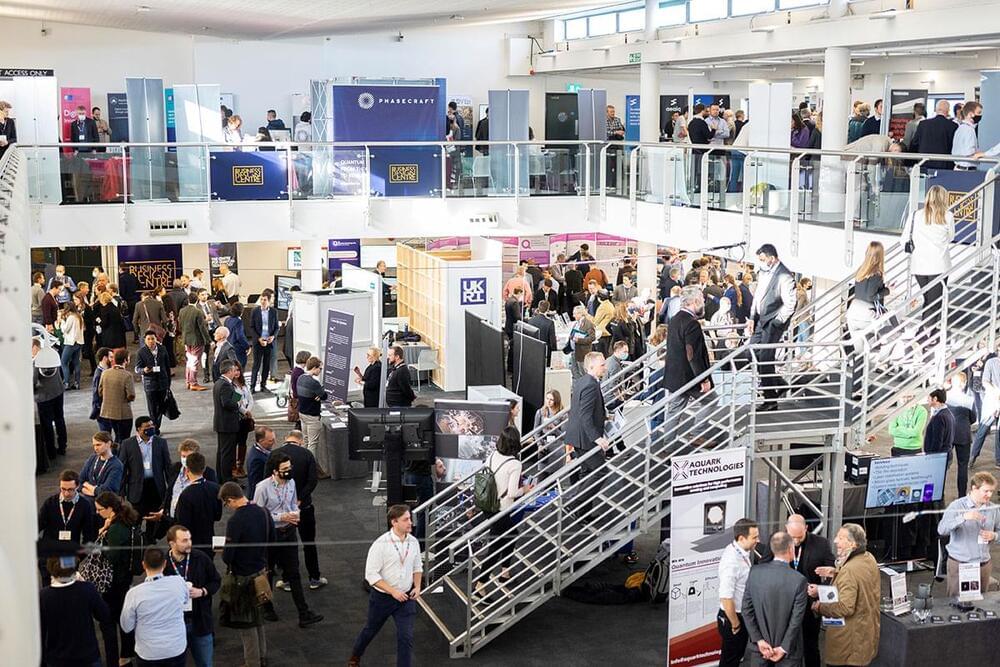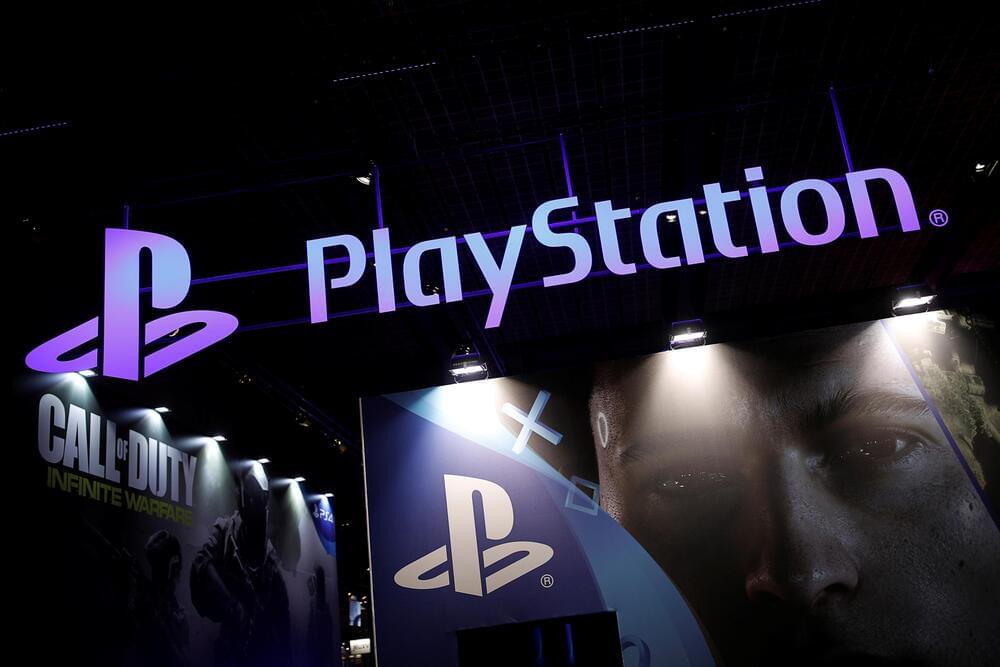Amprius Technologies announced that its lithium-ion battery cells with silicon anode (Si-Nanowire platform) achieved a breakthrough fast charging capability of 0–80% state-of-charge (SOC) in just 6 minutes (10C current).
The capability of extreme fast charging has been validated and confirmed by Mobile Power Solutions for three 2.75 Ah sample pouch cells (see report here). It actually took less than 6 minutes to achieve 80% SOC.
0–70% charging takes less than 5 minutes, and 0–90% is usually above 8 minutes. Then, the charging rate is much slower, so 100% is achieved after 25–27 minutes (90–100% takes 17–19 minutes).
